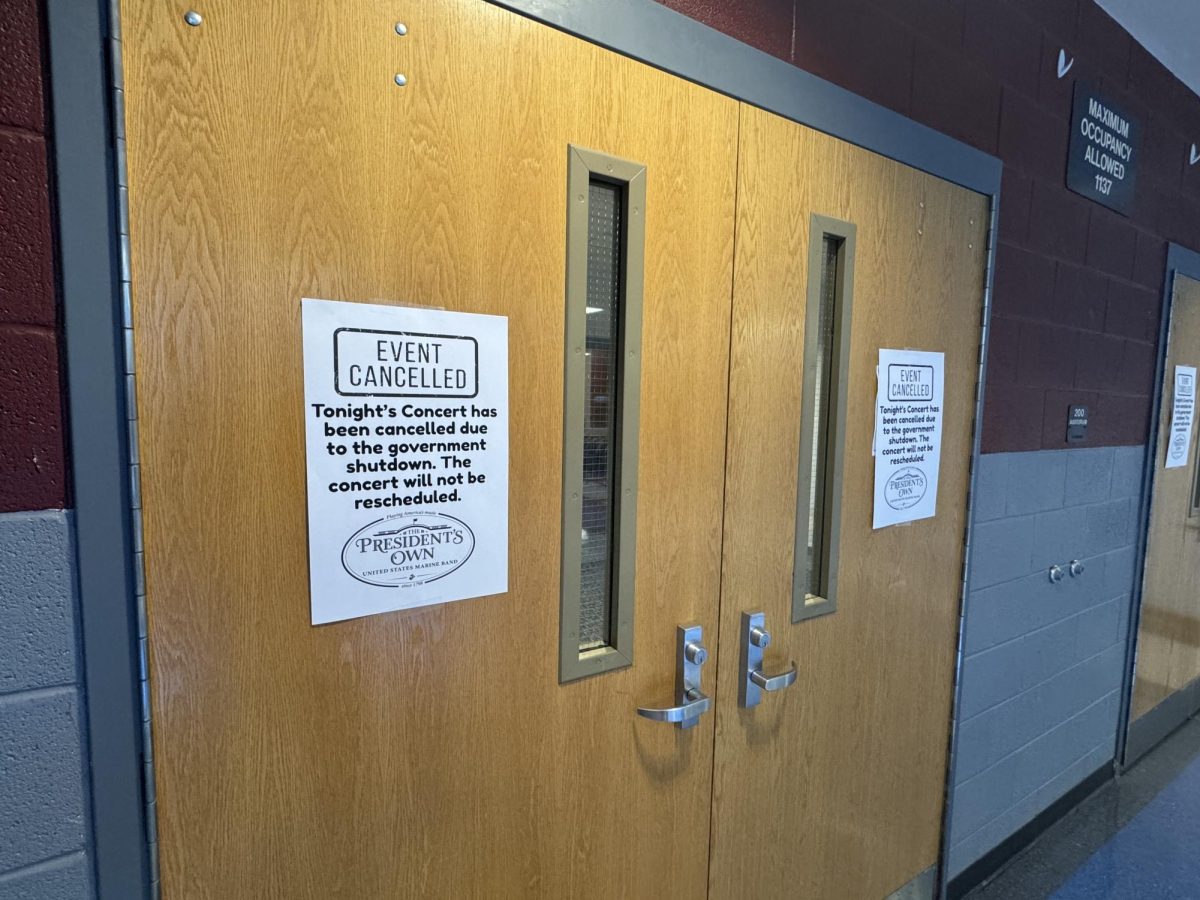Groundhogs cannot predict the weather
Photo courtesy Erin Silversmith, via Wikimedia Commons
A groundhog, much like the one that predicts the forecast of winter every Feb. 2, stands in a field.
February 9, 2018
Every year on Feb. 2, a groundhog named Phil in Punxsutawney, Pennsylvania emerges from his slumber to provide a weather forecast. This is decided based on the visibility of Phil’s shadow upon waking from hibernation. If he is able to see his shadow, there will supposedly be six more weeks of winter as opposed to having significantly warmer weather. I may be alone with this belief, but it seems absurd that, as human beings, we rely on a medium-sized rodent to predict the weather.
Groundhog Day originates from an ancient Christian tradition called Candlemas according to The Punxsutawney Groundhog Club. This day at the beginning of February is halfway in between the winter solstice and the spring equinox. It was said that if it was clear and sunny, the winter would be long and hard. If it were cloudy, however, warm weather was predicted to arrive. This custom was expanded by Germanic invaders, who used a hedgehog to see its shadow. Similarly to our own tradition, if the hedgehog saw its shadow, there would be a “second winter.”
This year, Phil was able to see his shadow. Does this mean that we will have six more weeks of winter? Probably not. In fact, according to Livescience, America’s favorite groundhog’s predictions have only been right 39 percent of the time. Phil’s visibility of his shadow relies on the weather conditions of the given day, not a sort of sixth groundhog sense. This is because he will be able to see his shadow if the sun is out, while if the sky is filled with clouds it will not appear. Obviously, these conditions are not indicative of the upcoming weeks even in the slightest. The only thing that Punxsutawney Phil can determine is whether or not the sun is shining early in the morning on Feb. 2 each year.
Although Groundhog Day has historical roots, it has yet to prove itself as a reliable source of weather forecasting. In the future, I hope that Americans will no longer look to a rodent to determine the longevity of winter. Again, while this should be an obvious statement, groundhogs cannot predict the weather.




















